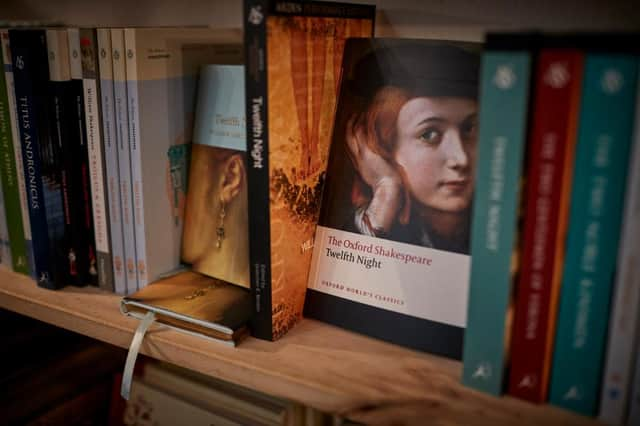Twelfth Night: what is the story of William Shakespeare’s Christmas Epiphany play and when did he write it?


When the Christmas festivities end, no one is really sure of the right time to take down the decorations.
Traditionally, your tree, baubles and tinsel should come down on the Twelfth Night, which falls on either the 5 or 6 of January each year depending on different Christian beliefs.
Advertisement
Hide AdAdvertisement
Hide AdTo confuse things more, William Shakespeare also famously wrote a play called Twelfth Night, which is thought to have been performed on the night in question.
Here’s everything you need to know about Shakespeare’s beloved play - and when it was written.
What is the story of Twelfth Night?
Shakespeare penned Twelfth Night with festivities and merriment in mind.
It’s a romantic comedy which revolves around twins Viola and Sebastian, who are separated in a shipwreck, with each twin thinking that the other has drowned.
Advertisement
Hide AdAdvertisement
Hide AdViola then disguises herself as a young man, Cesario, to try and secure a job as a servant for the Duke, Orsino.
Orsino is in love with another girl, Olivia, who has rejected all of his advances so far while she mourns for her dead brother.
To try and woo her, he sends Cesario - who, of course, is actually Viola - love letters to deliver to Olivia.
But this backfires, and Olivia, convinced by Cesario’s disguise, falls in love with him.
Advertisement
Hide AdAdvertisement
Hide AdMeanwhile, Viola has secretly fallen in love with Duke Orsino - causing a complicated love triangle.
Confused? Viola is in love with Orsino, Orsino is in love with Olivia, and Olivia is in love with Cesario (Viola).
To make matters worse, Olivia’s butler, Malvolio, is secretly in love with her.
But the members of her household - her uncle, his friend and her servants - trick him into believing that his feelings are reciprocated in a forged letter, which advises him to wear yellow stockings and smile all the time.
Advertisement
Hide AdAdvertisement
Hide AdOlivia, none-the-wiser of the prank, thinks Malvolio has gone crazy and has the butler locked up.
Meanwhile, Viola’s twin, Sebastian, is alive, and he arrives with his friend Antonio who rescued him from the shipwreck.
Sebastian is introduced to Olivia, who mistakes him for Cesario (Viola), who she is in love with, and asks him to marry her - and he says yes.
Eventually, all the confusion unravels and the true identity of Cesario is revealed.
Advertisement
Hide AdAdvertisement
Hide AdViola and Sebastian are reunited, and the love triangle is resolved, with Sebastian and Olivia and Viola and Orsino living happily ever after.
The trick that was played on Malvolio, the butler, is also discovered and he is released from prison.
When was the play written?
Scholars think Shakespeare wrote Twelfth Night sometime in 1601.
It is thought that the monarch at the time, Queen Elizabeth I, commissioned the play to be written so it could be performed as part of her festivities to celebrate the Christian holiday of Twelfth Night.
What is the Twelfth Night?
Advertisement
Hide AdAdvertisement
Hide AdSo, you now know of Shakspeare’s play - but what of the tradition that it comes from?
The Twelfth Night is a religious observance marking the end of Christmas, and it traditionally falls 12 nights after 25 December.
The observance is also considered to mark the coming of the Epiphany - a Christian feast day which occurs on 6 January.
The Epiphany is celebrated by the Western Church as the day the wise men visited baby Jesus.
Advertisement
Hide AdAdvertisement
Hide AdFor many people in the UK - and some in Europe and America - the Twelfth Night signals the last chance to take down Christmas decorations.
This belief is considered to have been decided by the Victorians, who thought Christmas decorations should be taken down on the Twelfth Night so everyone could go back to work.
If you want to avoid bad luck, all your decorations and your Christmas tree should be dismantled on 5 January - or 6 January at the absolute latest.
